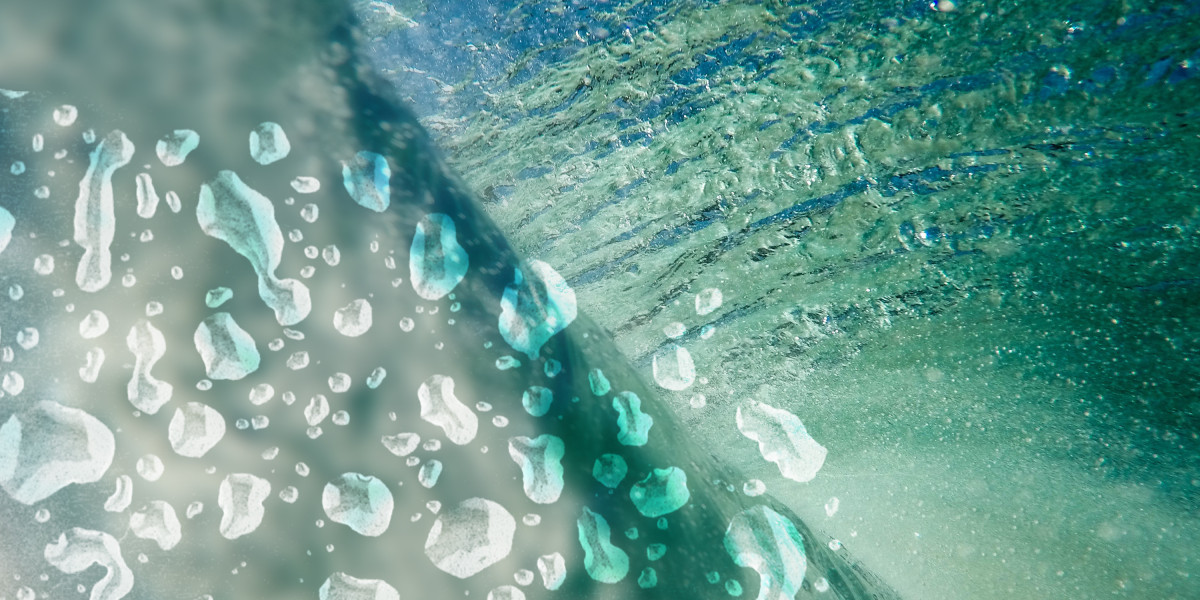In the fast-paced world of custom apparel, innovation never stops. One of the most groundbreaking technologies to emerge in recent years is Direct to Film transfers. This printing method has completely transformed how designers, entrepreneurs, and printing businesses approach fabric customization. It’s fast, cost-effective, versatile, and capable of producing professional-quality prints that last. Whether you are a startup clothing brand or a print-on-demand seller, DTF transfers have become the ultimate solution for efficient and high-quality printing.
What Are Direct to Film Transfers?
Direct to Film transfers, often called DTF printing, is a digital printing technique where designs are printed directly onto a PET film using special DTF inks. These prints are then coated with a hot-melt adhesive powder, cured with heat, and later transferred onto various fabrics using a heat press. The result is a vibrant, durable, and flexible print that looks fantastic on cotton, polyester, blends, or even leather.
Unlike older printing methods like screen printing or sublimation, DTF allows anyone to create detailed, colorful designs without needing large setups or special materials. The process is simple, the results are premium, and the possibilities are endless.
The DTF Printing Process Explained
To understand why DTF transfers are so effective, let’s break down the printing process step by step.
1. Design Preparation
Every great print begins with a great design. Using software like Photoshop or CorelDRAW, the artwork is created and prepared for printing. The design is then processed through RIP software, which controls color output and adds a white ink layer to enhance opacity.
2. Printing on PET Film
The DTF printer prints the design onto a PET film, starting with colored inks (CMYK) and finishing with a layer of white ink underneath. This ensures the final transfer will be vibrant on any fabric color.
3. Applying Adhesive Powder
Once printed, the film is coated with a fine hot-melt adhesive powder. The powder sticks to the wet ink areas, acting as the bonding agent during heat transfer.
4. Curing the Film
After the powder is applied, the film is gently heated using a curing oven or heat press to activate the adhesive. This prepares the transfer for the pressing stage.
5. Transferring the Design
The cured film is placed on the garment, and a heat press is used to transfer the design from the film to the fabric. After pressing, the film is peeled away, leaving a bright, detailed, and durable design.
Why DTF Transfers Are Gaining Popularity
1. Works on All Fabrics
DTF is not limited by fabric type. It can print on cotton, polyester, blends, nylon, fleece, and even dark materials, making it far more flexible than sublimation or vinyl printing.
2. High Durability
DTF transfers create strong bonds with fabrics. The prints resist cracking, fading, and peeling, even after multiple washes, maintaining color vibrancy over time.
3. Incredible Color and Detail
DTF printers use advanced pigment inks that produce vivid colors and sharp details. Even complex designs, gradients, or photo-quality images print perfectly.
4. Cost-Effective Production
Since DTF doesn’t require screens, plates, or pretreatment, it reduces setup time and cost. It’s ideal for both bulk production and one-off custom designs.
5. Easy Storage and Use
You can print and store DTF transfers for future use. This is perfect for small businesses that want to manage inventory efficiently or respond quickly to new orders.
DTF Printing vs Other Printing Methods
DTF vs Screen Printing
Screen printing is labor-intensive and requires setup for each color. DTF printing, by contrast, is digital, eliminating the need for screens and reducing waste.
DTF vs Direct to Garment (DTG)
DTG requires fabric pretreatment and works best on cotton. DTF works on almost all materials without pretreatment, making it more versatile and faster for production.
DTF vs Sublimation
Sublimation printing is limited to polyester and light-colored fabrics. DTF offers greater flexibility since it works on dark fabrics and various textiles.
Essential Equipment for DTF Transfers
To start DTF printing, you’ll need:
DTF Printer: Capable of printing CMYK and white ink.
PET Films: Specialized heat-resistant films for printing designs.
DTF Inks: High-quality pigment inks formulated for vivid prints.
Adhesive Powder: The bonding agent that helps transfer the print.
Heat Press or Curing Oven: Used for curing films and transferring designs.
RIP Software: Manages colors and printing layers accurately.
This simple setup allows you to create premium-quality transfers for apparel, accessories, and promotional items with ease.
Applications of Direct to Film Transfers
DTF transfers have endless applications across industries. They are widely used for:
Custom Clothing: T-shirts, hoodies, and sweatshirts.
Corporate Merchandise: Uniforms and promotional apparel.
Sportswear: Jerseys, team outfits, and performance wear.
Accessories: Bags, hats, and aprons.
Print-on-Demand Stores: Quick production with minimal setup.
The versatility of DTF allows businesses to serve multiple markets with one technology.
Tips for Perfect DTF Prints
Use Quality Materials – Always choose high-grade films, powders, and inks for the best finish.
Optimize Printer Settings – Calibrate your printer for accurate color output and ink balance.
Maintain Proper Heat Press Conditions – Typically, 160–170°C for 15–20 seconds gives great results.
Keep Films Clean and Flat – Dust and moisture can affect the transfer quality.
Cool Peel Carefully – Allow films to cool before peeling to avoid smudging or tearing.
The Future of DTF Printing
As the custom apparel market continues to expand, DTF printing is set to play an even bigger role. Advances in printer technology are making DTF machines faster, more compact, and affordable. Eco-friendly ink formulations and recyclable films are also being developed, making DTF an increasingly sustainable choice for modern printing businesses.
DTF printing’s ability to handle short runs efficiently and provide consistent, high-quality results makes it the future of fabric decoration. It is a game-changer for small businesses, online stores, and established printing houses alike.
Final Thoughts
Direct to Film transfers have truly revolutionized the printing landscape. They blend creativity, technology, and practicality into one efficient process. From vibrant prints and durable results to fabric flexibility and low startup costs, DTF printing offers everything a modern apparel business needs to succeed.
If you’re looking for a way to scale your custom printing operations or start a profitable clothing brand, investing in DTF technology is a smart move. It’s more than just a printing method — it’s the future of textile innovation, enabling creators to bring their designs to life with ease, efficiency, and stunning results.






